The Coleman Sportster II Dual Fuel 1-Burner Stove has done me very well – extremely well, in fact. To be honest, I think we’re on our fourth in almost 20 years, not because they break so often (they’re actually quite durable) but because we often take two with us – they’re so small, they don’t take up much space, and we can make supper for 10 people faster than with only one stove (or than a two-burner stove, for that matter). In this post, I’d like to comment on some of the pros and cons of the stove and how it’s worked for our needs.
The Pros
The Coleman Sportster Dual Fuel One-burner Campstove has many advantages:
1. It’s small and fairly lightweight. I believe it was originally designed as a backpacking stove, so it doesn’t take up much space and is lighter than other stoves. Weight doesn’t bother us much, but it is nice to have a stove that fits into a fairly compact space.
2. It’s “Dual Fuel”, so it takes white gas or regular unleaded gasoline. The white gas (aka “Coleman Fuel”) comes in a sealable container and is a nice size to fit in the van. I feel safer using this than propane, and it’s cheaper than getting the bottles of gas. I’ve never used unleaded gas in one before, but supposedly this would work as well (I always figure it’s a good backup plan if we run out of white gas).
3. It’s durable and reliable. We always carry the stoves in their respective plastic and metal containers (sold separately, I believe – the metal one is an antique from my grandfather who was a boy scout leader), but they get jiggled around on dirt roads, rattled it and out of containers, set up on everything from standstone rocks and asphalt parking areas to regular picnic tables and stone walls, and used in wet, windy, sandy, snowy, muddy, hot, cold, etc., etc., conditions – and they keep working. Every 5-7 years one bites the dust, but generally they work where you want it, when you want it.
4. It isn’t too expensive. The price has climbed in the last several years, but compared with many stoves on the market, the Coleman Sportster Dual Fuel One-burner Campstove is relatively inexpensive.
5. It’s findable. If one does break while you’re traveling, common stores carry them. I recall walking into a Walmart in Seattle, WA to buy a new one with Mt. Rainier towering over us…cool!
The Cons
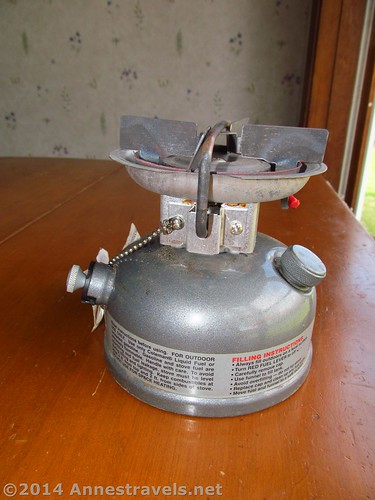
Back view – the tag is something new on this version of the model; it says something along the lines of “Danger, do not use indoors” or something along those lines.
So, now that I’ve raved about the Coleman Sportster Dual Fuel One-burner Campstove, it also has a few cons:
1. It doesn’t have a heat control. I know, the box says it does, but it really doesn’t. “Simmer” means “pick-up-the-pot-and-hold-it-a-few-inches-above-the-flame”. Oh, and use a nice, large pot to cook rice so it doesn’t boil over…
2. They do break. Occasionally, a stove will simply bite the dust…and then you’ll have to eat GORP until you find a Walmart or a camping supply store.
3. In very cold weather, they may not start well. However, we’ve never had any trouble, and we’ve used the stoves in weather well below 32F.
4. If the gas is too low, it will run but not heat the water. It’s easily avoided, but good to know. Depending on the pot, amount of water, elevation, and so on, we can usually heat about 6 C of water in 10 minutes or so (often less).
5. It certainly isn’t the cheapest on the market. There are many stoves that are less expensive, though I don’t know much about their durability / longevity compared to this one.
6. You can’t use it indoors. This really doesn’t bother me much, but it’s worth noting.
Bottom line
I really like this “little” stove and it works well for my needs.
What do you use, and why do you like it?
This is the updated version of the Sportster stove reviewed here.

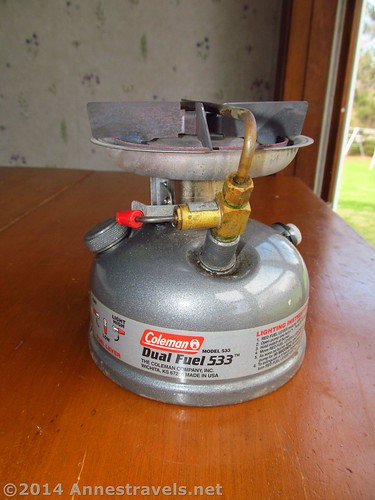

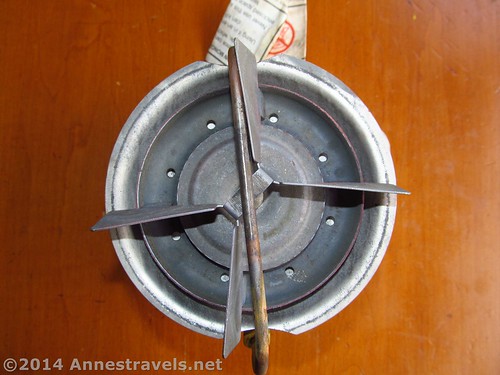

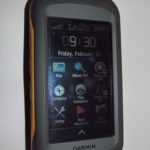

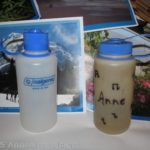
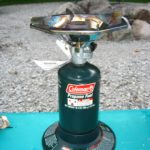


Pingback: 5 Easy Camping Meals Made on a Backpacking Stove